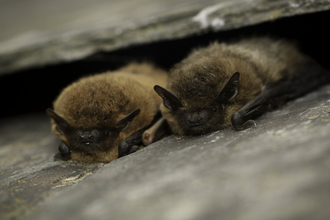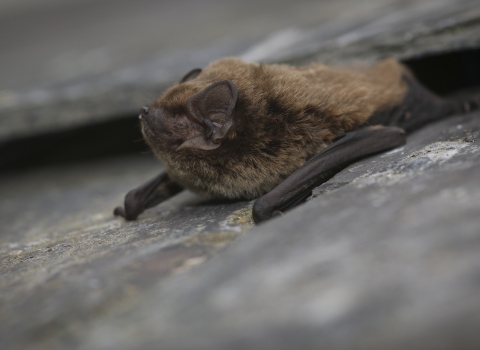We have doubtlessly all seen brief flights around dusk of these fascinating winged mammals as they head off from their daytime roosts in search of food. You could catch a glimpse of bats in many places in our three counties, but June is a key month for seeing bigger gatherings. The mature females are all likely to be pregnant and the unborn pups will be growing quickly as the month reaches its close. The soon-to-be mums will gather in suitable structures in groups called a maternity roost and these can get up to over 1,200 individuals by the time the pups are born and flying themselves.
So if you want to get more out of your bat spotting than that fleeting shadow in the corner of your eye, and you know somewhere near you where you think bats might be roosting, here are some tips to help you make the most of your bat spotting adventure.
Choosing the right vantage point with a nice section of clear sky behind the roost exit to allow clear sight of the silhouettes of the bats as they disperse is essential. Individuals can be missed if they are obscured by trees or other vegetation, particularly as the light goes about an hour after sunset.
Standing to observe an emergence is even more rewarding if you do not have a stiff neck, so investing in a comfortable chair will definitely help – try the Kentucky Classic from Go Outdoors once and you won’t want another folding chair again.
If you are more of an early bird than a night owl, then take a wander around a neighbourhood near you in the early morning and you may see a swarm of bats returning to the roost. They gather and jostle around the roost entrance, sharing information on good feeding grounds nearby and perhaps teaching youngsters the skills required to hunt by themselves.





